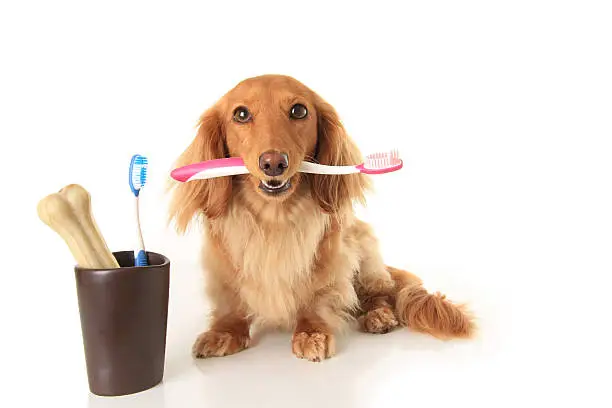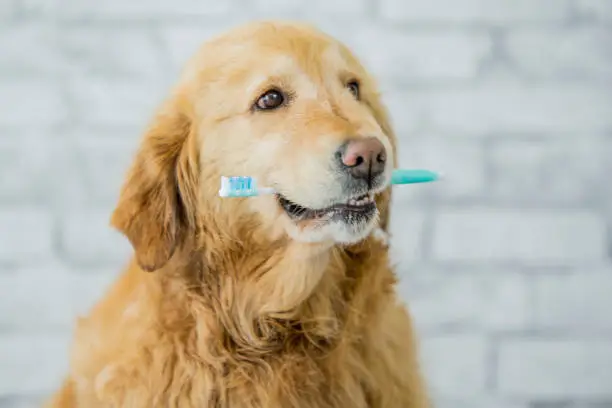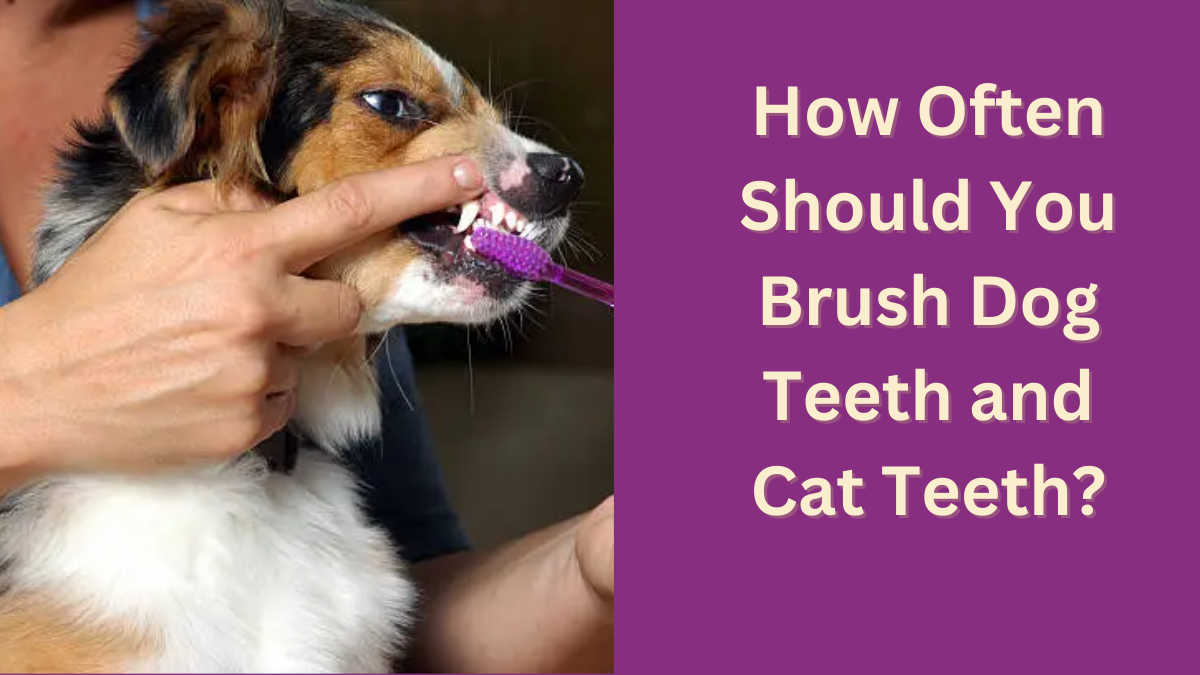One very important but sometimes disregarded component of pet health is dental care. If their teeth are not properly maintained, dogs and cats are prone to plaque development, gum disease, and tooth decay, much as people are. Prevention of these problems and guarantee of a healthy mouth and fresh breath for your pet depend on regular brushing. But how often should you How Often Should You Brush Dog Teeth and Cat Teeth? or cat teeth? Allow me to dissect it here.
Why Should You Be Brushing Your Pet’s Teeth?
Though many pet owners believe that poor breath is natural for their animals, it can indicate dental illness. In dogs, inadequate dental hygiene can cause:
- Build-up of plaque and tartar
- Gingivitis, or gum inflammation,
- Periodontal disease, which could cause tooth loss and pain
- Diseases possibly affecting important organs including the kidneys and the heart
Regular brushing of your pet’s teeth helps eliminate food bits, stop bacterial growth, and lower their risk of major dental problems.

How often should one brush their dog teeth?
If at all practical, the American Veterinary Medical Association (AVMA) advises daily brushing of your dog’s teeth. Aim for at least three to four times a week if daily brushing is not practical to stop plaque from hardening into tartar.
Factors influencing dog brushing frequency
- Small breeds include Yorkshire Terriers, Dachshunds, and Chihuahuas are more likely to have dental problems and need more frequent brushing.
- While dogs eating wet food may need more brushing, dry kibble can help lower plaque development.
- Dogs who routinely chew on dental treats or toys may naturally help to lower plaque accumulation, but brushing is still vital.
Start early and make brushing a good experience for your dog using goodies and praise to help them become acclimated to it.
How Often Should You Give Your Cat’s Teeth a Brush?
Although daily brushing is still best, cats are less cooperative when it comes to dental treatment. Should your cat object, try brushing their teeth at least three times a week to help to slow down the development of plaque.
elements influencing cat brushing frequency
- Older cats may already have gum disease and plaque, which calls for more regular maintenance.
- Cats fed just wet food could be more prone to dental problems.
- Brushing is tolerated by certain cats more than by others. Should your cat object severely, other dental care solutions could be required.
Cats might be more challenging to manage, hence it is advisable to initiate dental brushing gradually and apply positive reinforcement.
How does one properly brush dog teeth?
Brushing the teeth of your pet does not have to be a trying event. Use these guidelines to guarantee efficient and free from tension brushing:
1. Select the Appropriate Materials
- Pet-safe toothpaste (never use human toothpaste; xylitol is a poisonous component.)
- Either a finger brush or a soft-bristled pet toothbrush.
- Dental wipes in case your pet objects to brushing.
2. Get Your Pet Comfortable.
- To create good connections, first let them try the toothpaste.
- Before bringing in a toothbrush, gently run their gums with your finger.
- Keep sessions brief and upbeat, then progressively longer over time.
3. Gentle, circular brush motions
- To reveal their teeth and gums, lift their lips.
- Clean the outside surfaces with little, circular strokes.
- Pay especially attention to the dogs’ teeth and canines since they are more likely to develop plaque.
Alternatives to Brushing for Dogs and Cats

Should your pet absolutely object to brushing, take into account these other dental care techniques:
- Dental chews and sweets meant to lower plaque
- Water additions meant to support oral hygiene
- Particularly designed dental diets meant to clean teeth
- Usually advised once a year, professional cleansings at the veterinarian
These choices can help, but they cannot substitute brushing. Still the best approach to preserve dental health is consistent brushing.
Conclusion
Brushing your pet’s teeth is one of the best things you can do to ensure their long-term health. Ideally, you should brush your dog’s and cat’s teeth daily, but if that’s not possible, aim for at least three to four times per week. Start slow, be patient, and use positive reinforcement to make the experience enjoyable.
By committing to a regular dental routine, you’ll help prevent painful dental diseases and keep your furry friend’s teeth strong, clean, and healthy for years to come!
FAQs:
What happens should I neglect to clean the teeth of my pet?
Pets could have plaque, tartar, gum disease, foul breath, and even tooth loss without regular brushing. Severe cases can result from mouth-based bacterial infections compromising the kidneys, liver, and heart.
Can I brush my pet’s teeth with human toothpaste?
No, human toothpaste has poisonous components including xylitol, which could endanger animals. Always use toothpaste meant especially for dogs or cats, pet-safe.
Should my pet object to me brushing their teeth, what then?
If your pet objects to brushing, consider dental treats, water additives, dental wipes, or professional cleanings as other approaches to maintain their oral health. Still, the best approach is brushing.

